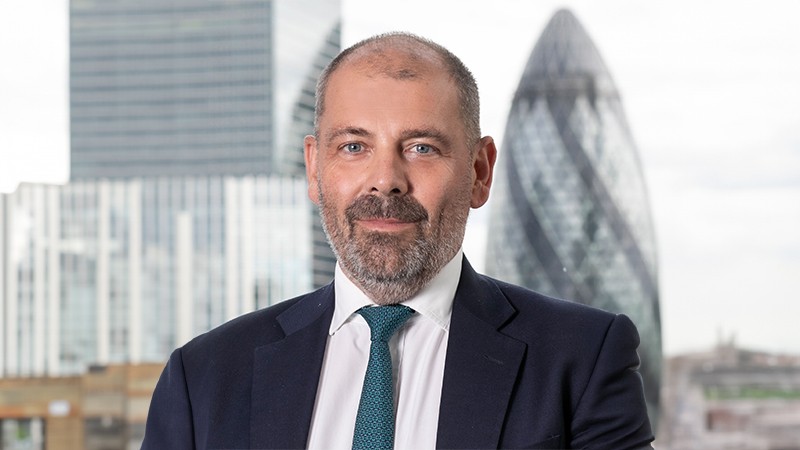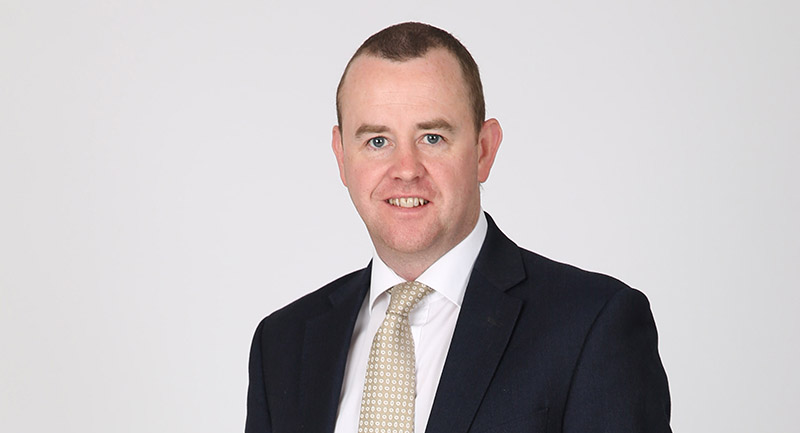“Volatility is the price of admission,” so goes the quote from Morgan Housel’s book, The Psychology of Money, “The prize inside is superior long-term returns.” No one could have missed the recent volatility. But where to find the prize? Potentially absolute return funds.
Striving to achieve performance in any market, absolute return funds are having a resurgence. What the Investment Association calls ‘other funds’ (which includes the targeted absolute return sector as well as volatility managed) had a rocky start to the year, with £107m in outflows in January*. But then things picked up strongly.
In February, the sector saw £330m in inflows. This increased further in March, when UK investors put a total £2bn into funds, the highest inflow since December 2021, of which £461m went into the ‘other funds’ that houses the absolute return sector*. Amid banking collapses and recessionary fears, investors have looked to de-risk portfolios, and absolute return funds are one way to do this.
Stock dispersion brings shorting back into play
Morningstar Investment Management points to absolute return funds’ “ability to short stocks that allows absolute return managers to potentially benefit from market drawdowns,” adding that equity market neutral and long/short equity funds have generally performed well in more difficult market conditions in the past.
This is exactly the point Luke Newman, manager of the Janus Henderson Absolute Return Fund, makes, when he says, “as a fundamental long/short equity strategy, the environment right now is as attractive as when we first began running the strategy nearly 20 years ago”.
“Indifferent to market direction”, the manager says he can benefit from deteriorating conditions as much as those businesses and companies that can thrive in this uncertain macroeconomic environment.
Higher interest rates have helped. Luke points out a more normalised interest rate environment has resulted in higher stock dispersion levels, and with it the opportunity for stock pickers like him to apply valuation techniques and approaches that have been out of favour over much of the last decade.
Short-dated bonds offer capital protection and returns
A surprising riff-off of the higher interest rate environment is the TwentyFour Absolute Return Credit Fund, which despite its name is actually a short-dated investment grade credit fund, run by Chris Bowie, who says “short dated IG is the best game in town for 2023” for capital preservation and a decent return on that capital.
Despite a torrid 2022 for investment grade, Chris highlights: “The combination of keeping duration low (to help protect capital), staying in investment grade credit (where risk-adjusted returns have been consistently positive, and default risks low), and investing in the front end of the yield curve (where yields can be maximised) is literally the best game in town this year.”
The beauty of the opportunity right now, he adds, is that even if other asset classes ultimately end up outperforming short-dated investment grade in 2023, you can still achieve a handsome return in the area, whilst keeping capital relatively safe and volatility low.
No clear direction?
Ultimately, no one is really sure how markets will pan out this year. Niall O’Connor, manager of the SVS Brooks Macdonald Defensive Capital Fund, is expecting slightly choppy markets with no clear direction for the rest of 2023. In this environment, absolute return funds, designed to perform whatever the conditions, do at least offer the potential for positive returns.
Niall’s outlook is that while personal and corporate balance sheets are still robust and post-pandemic era stimulus measures make a deep recession unlikely, with the exception of UK equities markets seem to be overvalued, especially if corporate earnings dip from their current near-record levels. And while bonds offer appealing nominal yields, they become less attractive when inflation is factored in.
With so much uncertainty, absolute return funds, of all stripes, can help those investors still keen to find a home to step into this no man’s land.
The defensive play: TwentyFour Absolute Return Credit
The TwentyFour Absolute Return Credit Fund is an actively-managed short-term bond fund that aims to deliver steady returns in any market environment, targeting the very best risk-adjusted returns within fixed income while keeping volatility to a minimum. With strict risk parameters and a focus on short-dated investment grade bonds, the portfolio aims to capture nearly all the returns of higher risk strategies but with a fraction of the drawdowns expected in tougher market conditions.
The shorting option: Janus Henderson Absolute Return
The fund aims to achieve a positive (absolute) return, regardless of market conditions, over any 12-month period, and to outperform the Bank of England Base Rate, after charges, over any three-year period. The manager is currently positioning with increased gross exposure, which can be viewed as a proxy for their level of conviction – the more they are being rewarded for their stock picking (both in long and short positions), the more investor capital they will deploy, without necessarily having to increase the beta or directional market risk. They are presently focussing on large- and mega-cap areas of the market, to maintain flexibility and take advantage of short-term volatility in markets.
The diversification play: SVS Brooks Macdonald Defensive Capital
Launched in 2010, this is a long-only multi-asset fund that invests in a portfolio of defined return assets, such as convertibles, structured notes and investment companies that do not require market growth to provide a positive capital return, and are mostly supported by significant underlying asset cover. Recently, the manager has increased his allocation to autocalls, which tend to perform best in flat to slightly down-trending equity markets. The fund is also currently investing in investment trusts that are in wind-up to capture their natural yields and the potential upside from purchasing at a discount to net asset value. It has also allocated to gold miners, many of which have become profitable with current gold prices.
*Source: Investment Association, March 2023
Past performance is not a reliable guide to future returns. You may not get back the amount originally invested, and tax rules can change over time. The views expressed are those of the author and fund managers and do not constitute financial advice.
This article was written for Portfolio Adviser by Darius McDermott, managing director, FundCalibre.











